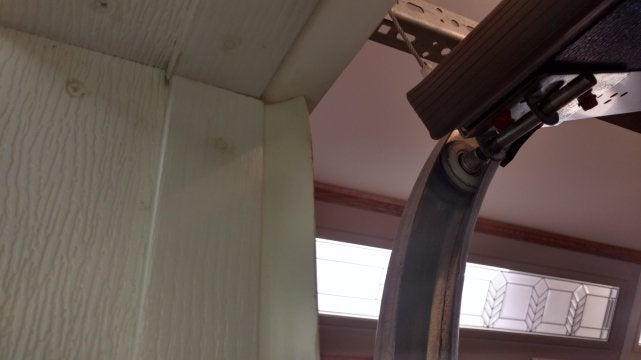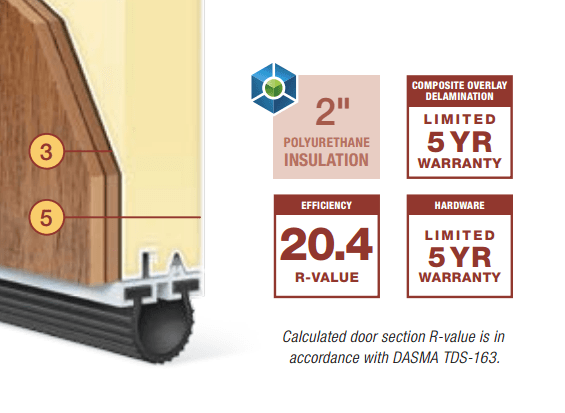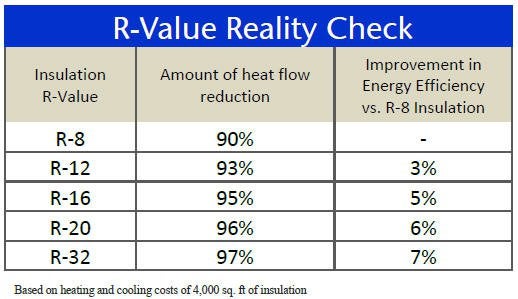-
Garage Door Weather Trim Guide

Overview
Garage door weather trim is the seal between the door and the frame and it is made out of a flexible material as to ensure a snug fit between the two. The trim is an integral part of the way the door fits and maintains the temperature inside your garage. It is essential for both residential and commercial doors.
It should be installed so that it fits snugly against the door. It will not be air tight because the door still must be able to move up and down. However, the outer edge should be caulked against the building and should match the trim or the building exterior.
If you don’t seal the door properly, you will lose heated or conditioned air from your garage when the door is closed. Similar to R-Value of the door itself, the weather trim is designed to make the door as energy efficient as possible.
Installation
Weather trim comes in different sizes; normally 2” in width but you may have to use 3” trim depending on your door and how far away it is from the frame. If you have “fancy” corners on your garage, your installer should make trim adjustments.
A good installer will point out the adjustment and will place the trim behind the false corners making sure that the trim fits around the sides and top of the door. Verify that your door installers include the weather seal and the color matched caulking in his pricing.
Have a question about weather trim on your garage door? Let us know down in the comments.
Giel Garage Doors serves the greater Pittsburgh area in all things garage doors. We also have maintenance programs to keep your doors working like new after years of use.
-
Repair or Replace your Garage Door Checklist
Getting a new garage door is awesome! It opens quietly, provides light to your garage, and makes your house look spectacular. Despite that, over time your garage door will become sluggish, start to be louder, and may make you house look worse!
We don’t want you to worry about all of that so we created a checklist so you know when it is time to get your garage door repaired, serviced , or completely replaced. This checklist will work with residential and commercial garage doors.
Here is a picture of the checklist and a link to download below.
.jpg)
Save this checklist and go through it every three months to make sure your door is running the best that it can. If you have any of the symptoms on the list, please give us a call! Our best deal is the Annual Residential Maintenance Program which services your doors once a year for 3 years and its only $198!
Giel Garage doors serves the greater Pittsburgh area for all things garage doors. We do commercial and residential services.
-
3 things you need to know about R-Value
When shopping for a new garage door , one of piece of information that it touted around by the manufacturers is R-Value.
R-Value is a commonly used measure of an insulation material’s ability to resist the conductions of heat flow. While this is a fine piece of information to know, how much does it affect your door and what should you know in order to make the best decision possible regarding your door?
Here are the three most important things you need to know about R-Value.
1. Published R-Values are Deceiving

When a manufacture publishes a specific R-Value for their garage door, you must take that number with a grain of salt. Why?
Because manufacturers test this under controlled conditions in a laboratory, or a static test. They test one piece of the door in its center, not the whole door through the gaps where the heat loss would be the greatest.
Architectural Testing Inc., an independent laboratory, tested R-Value on seven different installed garage doors. They found that the installed R-Value is 35% to 65% of the manufacturer’s published R-Value.
2. Doubling the R-Value doesn’t double the insulation

As R-Values get higher, the number does not have a one-to-one ratio to the amount of heat flow reduction. As you can see from the chart above, doubling your R-Value from 8 to 16 only gives you a 5% increase in heat flow reduction.
Don’t be fooled thinking that a high R-Value will give you significantly better insulation compared to a door with a slightly lower R-Value. It will be better, just not double better.
3. Don’t choose a door because of R-Value
Only looking a R-Value is a terrible way to decide which door is the right door. When considering energy efficiency, make sure you consider factors such as tightness of fit in the opening and proper seals and caulking. These all affect heat loss and should be evaluated on top of the R-Value.
Ask for the installed R-Value of the door which will give you better impression of how energy efficient the door will be. Always make sure you get professional installation of your door to ensure that your door will be as heat saving as possible.
Have any more questions about R-Value, energy efficiency, or how to shop for a garage door ? Let us know down in the comments and tell us what other kinds of content you want published! Click here to learn more about our company!
Giel Garage Doors services the greater Pittsburgh area selling residential garage doors. We also provide maintenance for all of the doors we sell.
